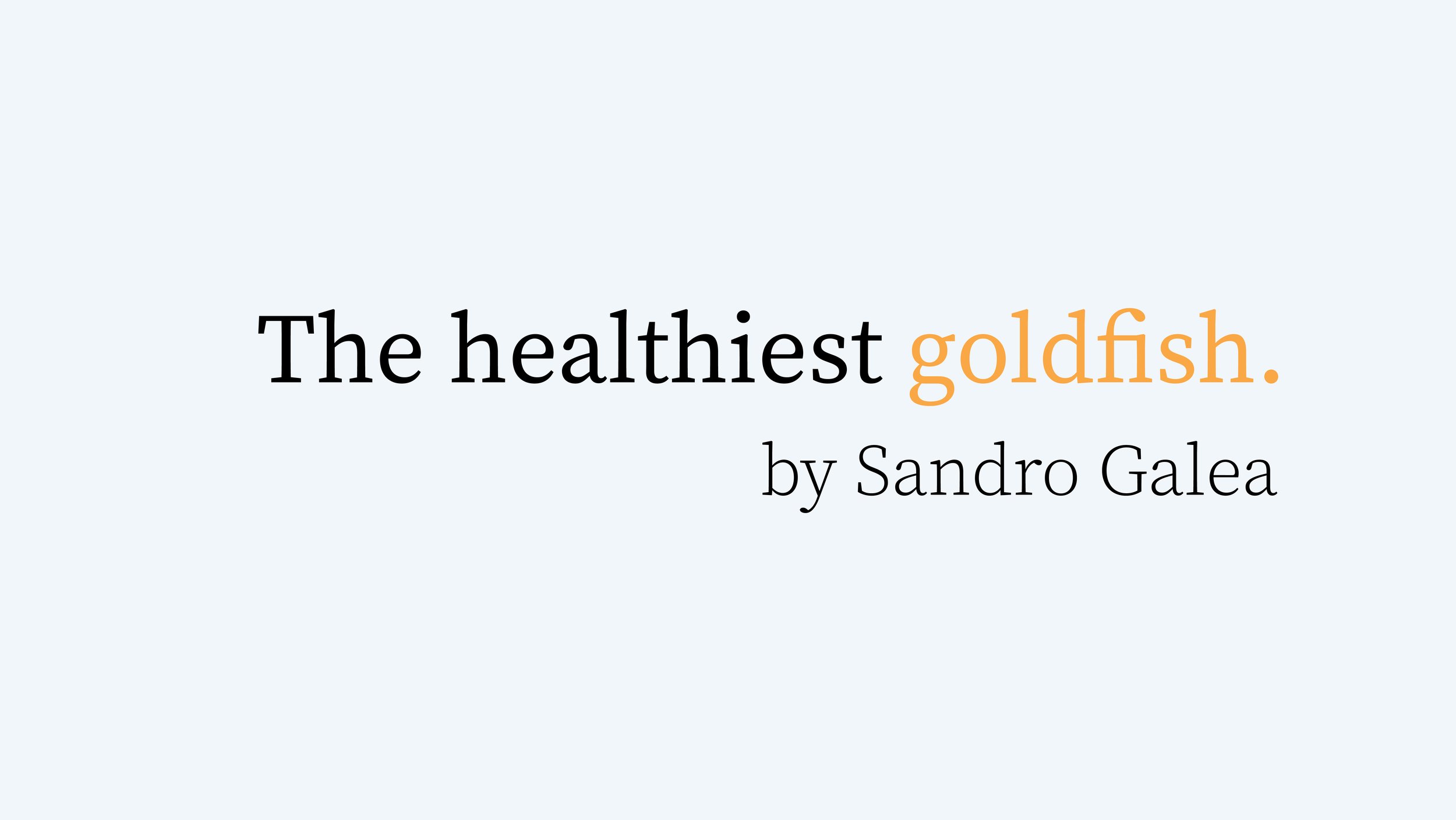On defining what is reasonable in pursuit of health, guided by our values, a sensitivity to context, and a pragmatic assessment of human nature and our own capabilities.
Most of us aspire to be reasonable. We do not set out to be irrational, to be easily swayed by emotion and bias. Rather, we try to ground our actions in reasonableness, with the understanding that such a standard is a good basis for living as individuals and as a society. The neuroscientist and philosopher Sam Harris wrote, “There is no society in human history that ever suffered because its people became too reasonable.” This seems to me, well, reasonable. We understand that, when our actions are informed by reason, we tend to make better choices for ourselves and for our world.
Read more here.





